Automotive Braking System Operation
Automotive Braking System Operation:
How do brakes work?
What do brakes do? Simply put, they stop our vehicle. How do they stop our vehicle? Through heat and friction. How is the friction created? By using the heat generated by two different surfaces moving against each other. Automotive Braking system operation is a simple process, but sometimes can seem like a complex design, so let’s take a look!
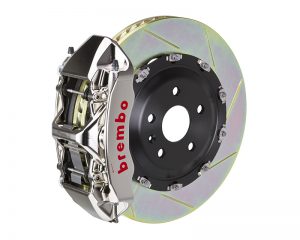
Brake Rotor and Caliper Assembly
All Vehicles are equipped with a rotor/drum braking system.
Most modern vehicles utilize 4-wheel disc brakes, but there are a few vehicles still equipped with rear drum brakes.
The rotor or drum spins at the speed of the wheel, when there is a brake request pressure is applied against the brake pads/shoes and they are forced against the rotor. By doing this the brake system generates the heat needed to provide enough friction for full stopping power.
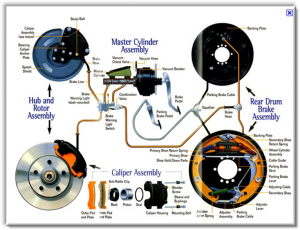
Disc/Drum combination braking system
How is friction created?
Imagine a spinning bike tire, now imagine what it would feel like if you suddenly put your hands against the side of the tire?
Well, for starters it would probably hurt pretty freakin’ bad, but in the process, it would feel very hot and may even rip your skin, but after a little bit of movement there would be enough friction to stop it.
Yeah, that is a pretty brutal analogy, but if you can picture the impact then you can see how brakes work the same way by combining two opposing forces through rotational pressure, except the brake system is in a more controlled environment.
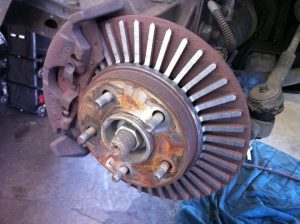
Example of extreme brake neglect. Pads wore completely through rotor surface material
From your foot to the road, here’s what you should know:
All modern brakes work on a power assist system. Most gas engines use a vacuum-powered brake booster to help in brake pedal effort, and most diesel engines use a hydraulic assist system driven by the power steering pump.
Brake systems use special fluid to hydraulically transfer pressure throughout the system. The pressure is applied to each component as needed and returned to the master cylinder upon completion of the brake application.
Anytime the brake pedal is pressed it utilizes the power from the brake booster to engage the master cylinder rod.
The pressure is then built in the master cylinder by compressing the brake fluid, the fluid is then pressed through lines and down to the brake calipers.
Upon reaching the caliper the pressure is applied to push the piston outward and applying the pads to the rotor, thus creating the heat and friction needed to stop the vehicle.
Drum brakes work very similarly. Instead of calipers, they utilize wheel cylinders, and instead of brake pads, they use brake shoes. The wheel cylinder extends the brake shoes out against the drum as it spins, producing the friction needed to stop.
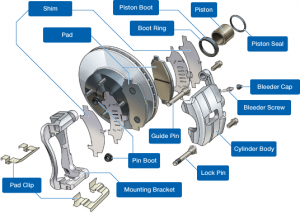
Disc brake system diagram

Drum brake system diagram
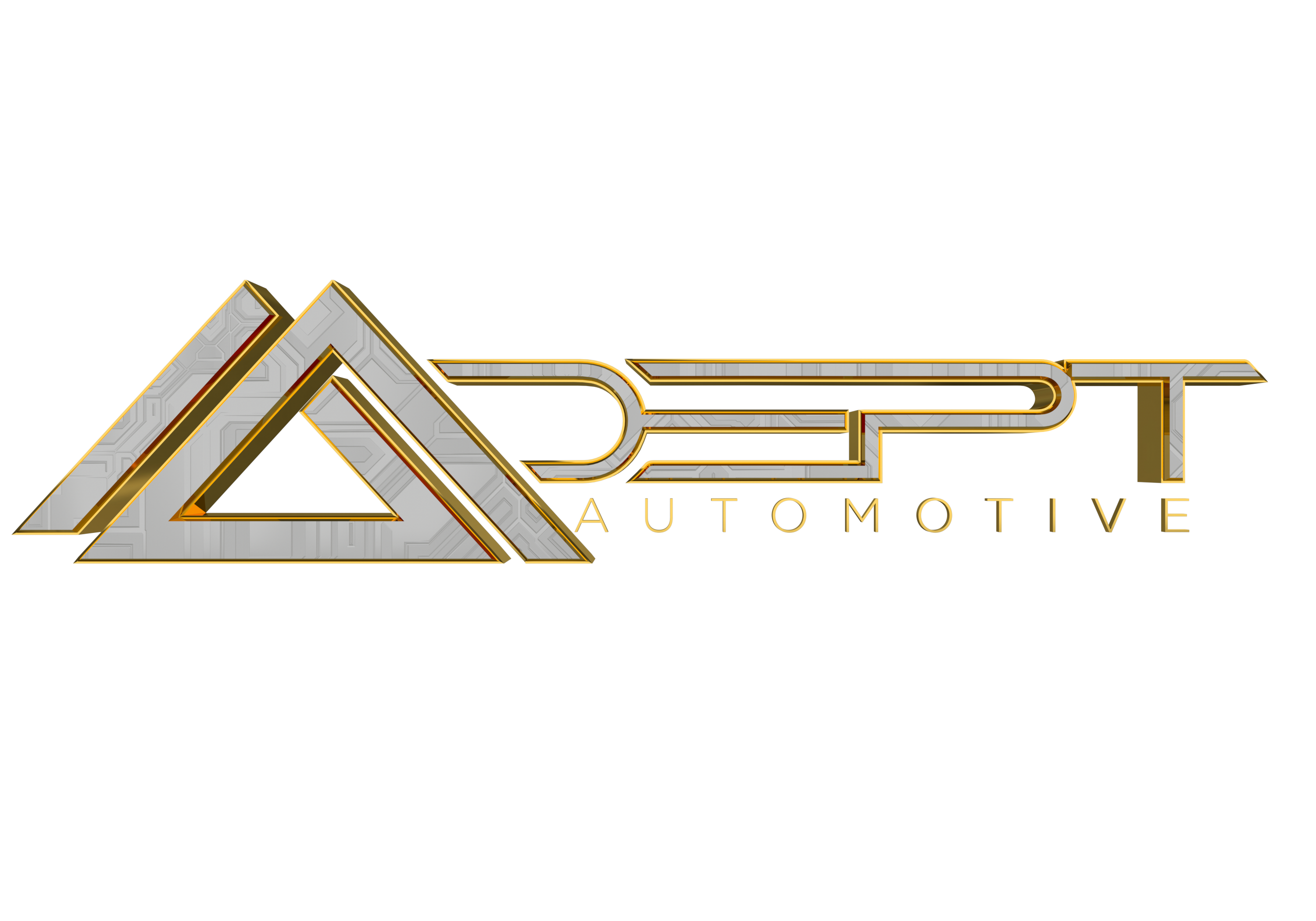

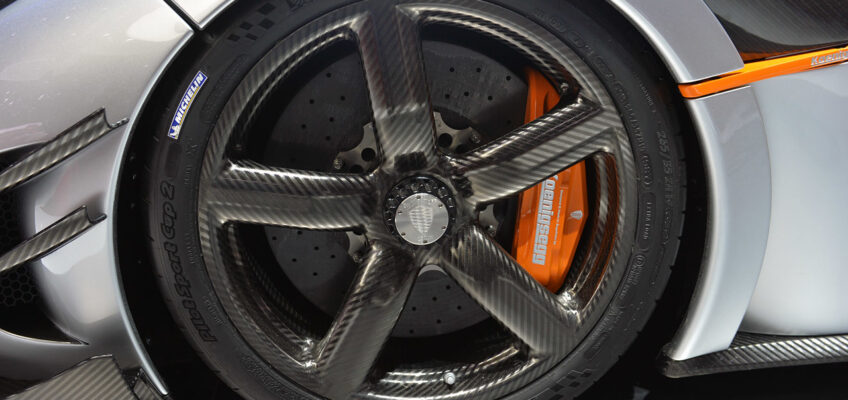
What an extremely well written and easy to understand article that is both informative and educational. This is one of those things that we of course simply take for granted that we will apply pressure to the brake pedal and by some unseen and not much thought about process our vehicle will come safely to a halt. Many of us will be quick to complain about the maintenance of replacement or worn, inoperable or broken brake parts but when it is explained in this manner. it seems to make it oh so much more palatable.
Thanks
Hamish
Interesting post and it is amazing what people think of when they invent these types of things. I love the comparison of the hand being used to stop the wheel as this describes the process perfectly.
Nowadays with modern braking systems, you hardly ever hear that somebody’s breaks have failed and I wonder if that is because technology has improved over the years?
The effort that you have put into this website is awesome. I believe that this article will be of great help to a lot of people out there just as it has been of great help to me. I am just learning about automotive breaks and this is something I never knew about. I would love to share this article
One of the most important system of the motor vehicle is the braking system as it is one of the most important safety measures that has been built into the vehicle to help it come to a stop through the use of frictional force.
Many nowadays don’t really bother about this system all they want to hear is that the brakes work but they don’t care to know the mechanism behind the brake and this article is very important as it would help one understands the parts of the braking system and help one to easily troubleshoot when there are faults.
Thank you very for your informative article about Automotive Braking System.This article is about the vehicle component.In an automobile vehicle, a braking system is an arrangement of various linkages and components.I think the main effect that the water would cause of being absorbed into the brake fluid is the concentration at which to pressurize the system.The density of the brake fluid molecule is high than the water molecule.However, many drivers do not seem to understand it well. Good article on the understanding of the Automotive braking system, thank you
Hi, it is a great and nice feeling to know that someone will create a great website like this and also create a write up on an article like this. It is with the help of your article that I just realized that most gas engines use vacuum powered brake booster to help the brakes. Thank you
A truly informative article that has given me an idea on how do automotive brakes really work.
As a driver, It’s important for me to learn that most gas engines use a vacuum-powered brake booster to help in brake pedal effort, and most diesel engines use a hydraulic assist system driven by the power steering pump.
These important information about automotive braking system operation in my opinion actually teaches me in a way how to maintain and trouble shoot my car brake especially during worse case scenario.
Thanks a lot!
You’re welcome Julius, thanks for stopping by!